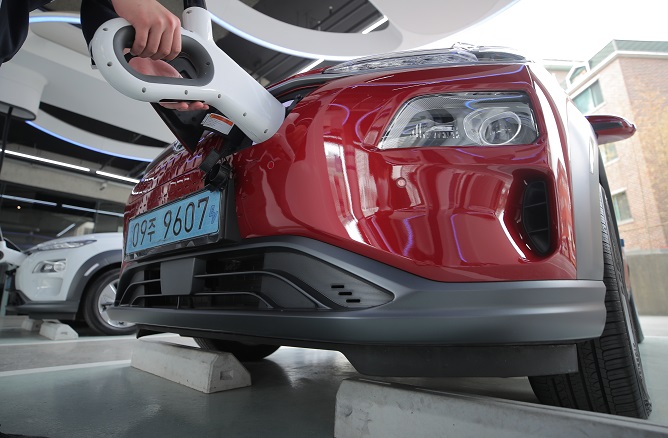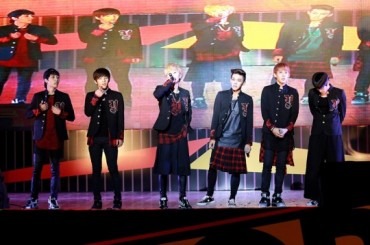SEOUL, Feb. 6 (Korea Bizwire) — The amended plans for electric vehicle (EV) subsidies, normally announced in mid-January by the government, were finally announced last week, likely due to delays caused by negotiations over differentiating subsidy plans between imported and domestic cars.
The plan stipulates that subsidies will be provided at a rate of 100 percent if the automobile manufacturer operates both service centers and an electronic management system, 90 percent if the service center and electronic management system are run by an affiliate company, and 80 percent if there is a service center run either directly by the manufacturer or by an affiliate company, but without an electronic management system.
Initially, the government sought to provide no more than 50 percent of the subsidies to manufacturers with direct service centers, but without or almost without an electronic management system.
The idea, however, was fiercely protested by a majority of foreign manufacturers, which only operate service centers run by affiliates, and without an electronic management system.
In the end, the government decided to close the subsidy gaps.
Initially, the government sought to provide no more than a 50 percent subsidy for electric buses and vans with a battery density of less than 400 watt-hours per liter.
The plan was deemed to be a ‘countermeasure’ against Chinese buses equipped with lithium iron phosphate (LFP) batteries.
This idea was also heavily protested, resulting in an increase to 70 percent subsidies.
The government has made generous yields in the new plan not only because of the protests from the imported car manufacturers, but also due to the risk of a trade dispute.
In fact, protests have been through diplomatic channels after the initial plans for subsidy cuts based on battery density were announced, according to industry sources.
Ashley Song (ashley@koreabizwire.com)







